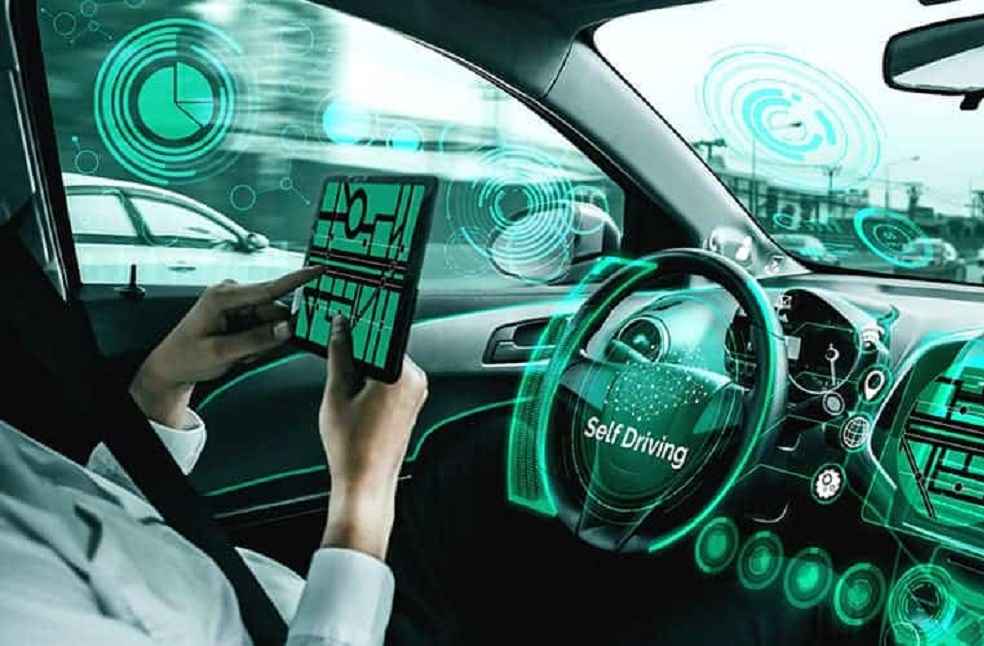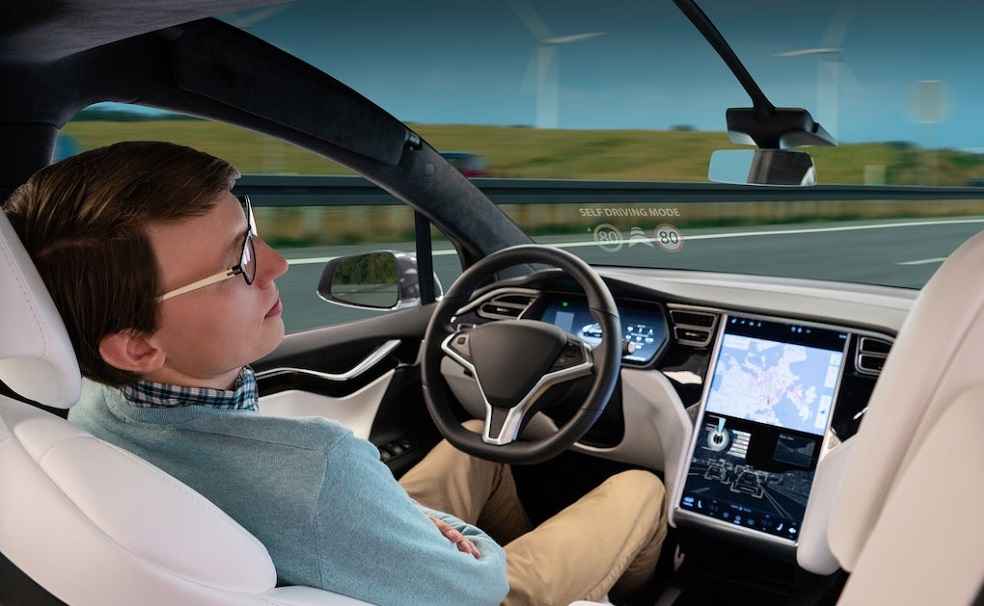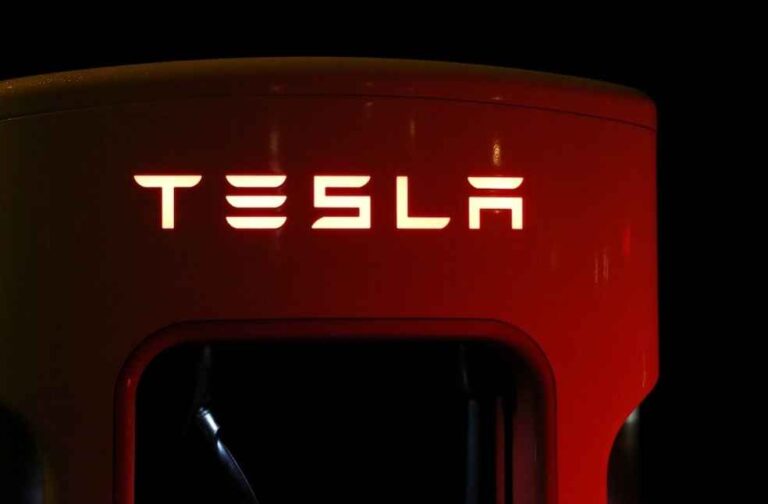Tesla embarks on a sweeping recall, affecting over two million vehicles across the United States. This action targets a critical software upgrade, aimed at rectifying a flaw vital for monitoring driver attentiveness.
Following a detailed two-year inquiry by the National Highway Traffic Safety Administration (NHTSA), this recall emerges. This investigation stemmed from several accidents, including fatal ones, with Tesla’s Autopilot active. NHTSA’s discoveries highlighted a significant deficiency in Autopilot’s mechanism for ensuring driver focus, leading to potential system abuse.
Responding to these insights, Tesla’s software enhancement plans bolster the effectiveness of driver warnings and alerts. Restricting the use of certain Autopilot functionalities under specific conditions is also part of the update. These adjustments are designed to reinforce the obligation for ongoing driver engagement.

Safety specialists express reservations, pointing out that these steps do not directly tackle a principal issue: Tesla’s automated systems’ failure to consistently identify and avoid obstacles. The recall, though a positive development, seems inadequate in addressing the deeper challenges of autonomous driving technology.
Dillon Angulo’s experience, suffering severe injuries in a 2019 Tesla crash, underscores these concerns. Criticizing the technology’s safety, Angulo is pursuing a lawsuit against Tesla while recovering. His situation brings to light the contentious debate over autonomous driving systems’ safety and regulatory oversight.
Tesla’s Autopilot, with features like Autosteer and Traffic Aware Cruise Control, will undergo operational modifications post-update. Expectations include more prominent visual alerts and streamlined controls. Additionally, drivers may face restrictions on using Autosteer if they fail to show consistent, responsible driving behavior.

The update has sparked renewed demands for stricter monitoring methods, such as cameras to confirm driver engagement—a feature other automakers already use in similar systems. Critics like engineering professor Philip Koopman note the update’s failure to include night vision cameras for eye tracking, a key driver monitoring aspect.
NHTSA’s acceptance of the software update indicates a practical approach, weighing immediate safety benefits against extended negotiations with Tesla. Despite their names, Autopilot and the more advanced Full Self Driving are not fully autonomous and necessitate continuous driver readiness for intervention.
NHTSA continues its investigation, vigilantly observing the efficacy of Tesla’s remedies and collaborating with the company to heighten safety standards. This situation highlights the dynamic nature of automotive technology and the persistent challenges of assuring public safety in the autonomous vehicle era.
AUTO TECH | GM Halts Chevy Blazer EV Sales: Software Snags Shake Up EV Market





